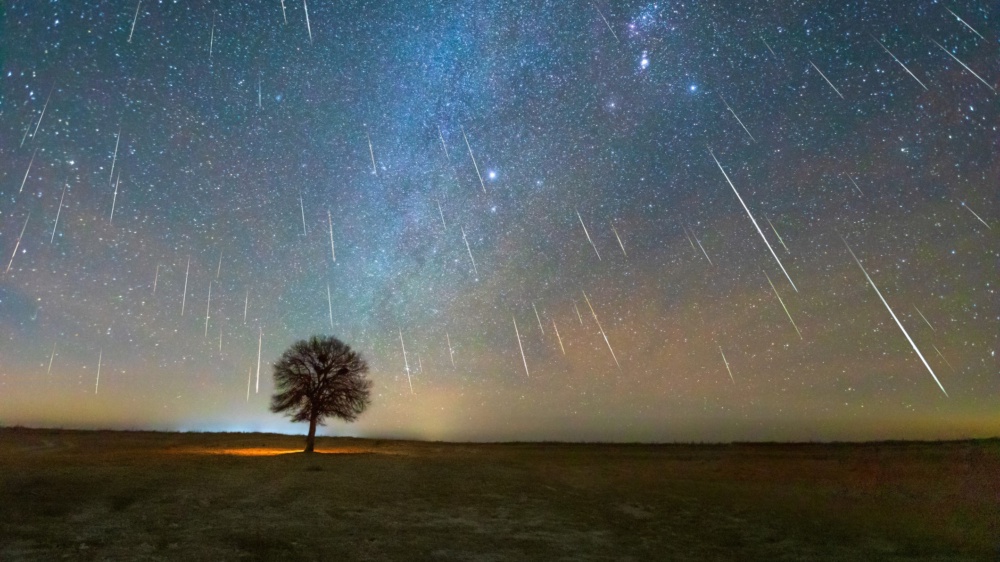Upcoming Meteor Showers


From Issue 1, 2023-2024; Science
Updated Dec 10, 2023
Don't worry about telescopes or star charts: all you need are clear, dark skies and a little bit of patience. December has one of the most stunning meteor showers of the year, and we’re lucky enough to have the beach to watch it from. The best view is from Jones Beach, but Long Beach is great too! If you find yourself enamored of the stars, consider downloading an app to see the constellations. Get to know your sky a little better. It's easier than you think!
December 13th - 14th: Geminids
With up to 150 multicolored meteors visible per hour at its peak, the Geminid shower always promises a show worth staying up for. It’s most active from after sunset on the 13th to the early morning of the 14th around the Gemini constellation (rising from the east), plus the new moon will keep the skies dark!
December 22nd - 23rd: Ursids
This meteor shower is the least active with 5 to 10 visible meteors at its peak, but it follows the longest discovered comet of the three mentioned: comet Tuttle, found in 1790. They’ll radiate from Ursa Minor, or the little dipper (rises from the north) if you can spot a few sparks amidst the light of the unfortunately bright waxing gibbous moon.
January 3rd - 4th: Quadrantids
This meteor shower is born of the dust of an extinct comet and watchers can see up to 40 shooting stars per hour. This shower will be most active around the Bootes constellation but can be seen anywhere in the sky.
December 4th: Look for Mercury!
On the night of December 4th, Mercury will be at greatest eastern elongation from the Sun, which just means it’ll be setting as far east of the sun as it can. Mercury will be more visible than usual because it's farther from the sun’s glare, so look southwest after the sunset to catch Mercury’s descent.
January 12th: Look for Mercury Again!
The greatest western elongation of Mercury is basically the opposite of the eastern elongation: it is as far west from the Sun as it can get, and it’s visible before the sunrise instead of after the sunset. Look to the skies on your way to school to see Mercury!


